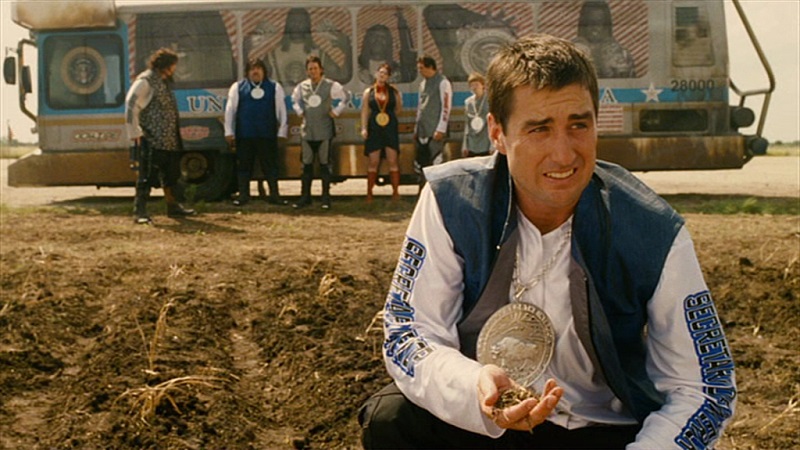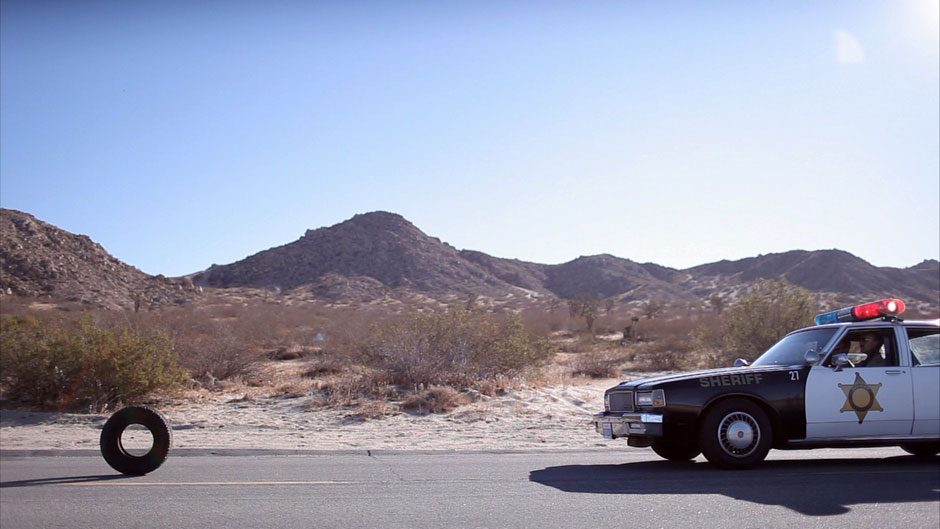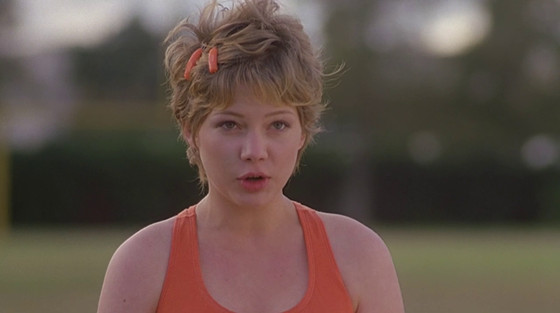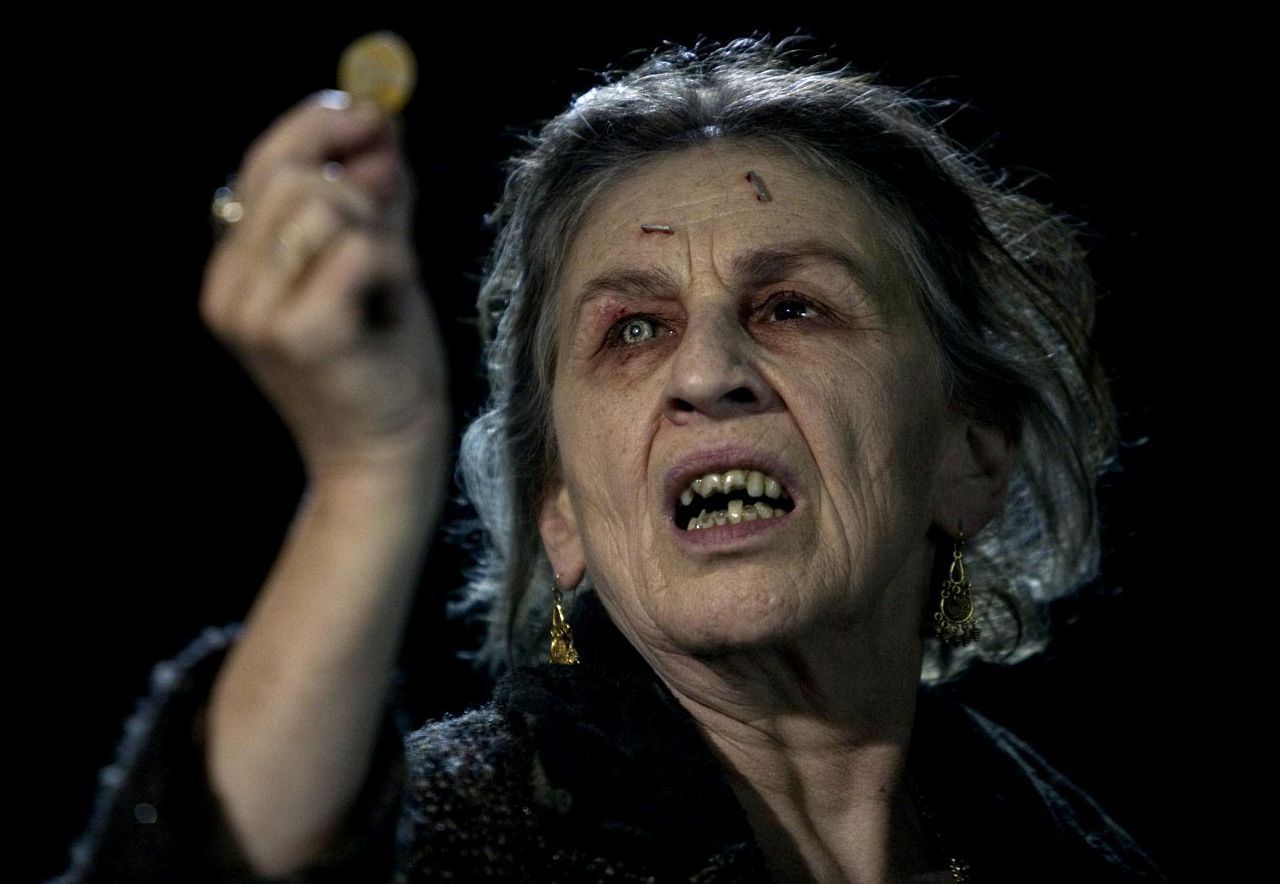6. Idiocracy

Perhaps Idiocracy has been given its due recently, but it sure as hell didn’t get this kind of love following its release. Reviews were positive, but it didn’t achieve its cult status until much later. This probably has to do with the middling box office numbers caused by a lack of studio support. People who saw it liked it, but it seems as though most viewers didn’t try too hard to understand the satire.
Following its initial release, viewers understood that the film was satirical, but they didn’t necessarily take the extra step to dig deeper. Idiocracy needs to be included on this list because it’s more relevant now than ever. Modern viewers tend to argue that it predicted, and continues to predict, a very exaggerated version of the future.
This is a bit cynical, but critics have said that, like the characters in Idiocracy, we are starting to become enamored with consumerism, technology, and the media. Idiocracy argues that this is detrimental, and a lot of people have agreed with that sentiment.
Since Idiocracy is a satire, we need to remember that it is an extreme exaggeration. Society isn’t necessarily filled with bumbling idiots. However, a lot of innovations have negatively impacted the people of today. Because of this, Idiocracy is absolutely fascinating today.
7. Rubber

Rubber has gained a cult following thanks in large part to its wide availability on streaming services on top of the fact that the premise is really, really out there. It’s about a telekinetic tire, and if that’s all it were about, it’d probably be easy to compare it to similarly ridiculous titles like Gingerdead Man, The Mangler, and The Refrigerator. Thankfully, it approaches the bizarre premise in a way that steps beyond the confines of what we have come to expect from meta movies.
On the one hand, it can just be viewed as a movie about a killer tire. After all, that’s what it is. The goofy tire parts are certainly entertaining enough to warrant a viewing. Actually, plenty of people have sat through Rubber and enjoyed it without paying any attention to the more analytical aspects, but they’re doing themselves a disservice.
Rubber attempts to break down what makes a movie a movie. It lacks a cohesive, linear narrative, but does that make it less of a movie than something straightforward? There’s a constant stream of thoughts that force viewers to think about the very nature of cinema. Perhaps these observations don’t fix a sloppy narrative, but certain viewers will leave feeling as though the storyline takes a backseat to several hot takes about cinema.
To some degree, one could argue that Rubber’s statements are just quirky declarations. Others, however, will find a surprising amount to dissect. It all depends on how seriously you take the material.
8. Happy Death Day

For the sake of simplicity, only the first movie in this series will be included. In reality, both Happy Death Day and its sequel work in conjunction with one another. The ideas are introduced in the original film, while these ideas are elaborated on in the sequel. Still, this was a smart movie before the release of the sequel. Because of this, this section will mostly analyze the 2017 original. Just be aware that the sequel offers up more of what made the original so great.
So Happy Death Day isn’t necessarily profound when it comes to themes and motifs. Rather, it’s intelligent because of its layered story that benefits from multiple viewings. There are several twists and turns that pop up in this Groundhog Day inspired slasher. Repeated viewings allow for viewers to watch these twists slowly unfold. It’s not exactly Hitchcockian, but it’s smarter than most of us are led to believe.
This is piled on top of smart dialogue and a brilliant mix of horror and comedy. Sure, it’s not as revolutionary as most of A24’s offerings, but it’s not expected to be. On the surface, it’s a trashy slasher film with a twist to the usual formula. Further scrutiny reveals a fairly clever movie with a heart of gold.
9. But I’m a Cheerleader

But I’m a Cheerleader may have been critically pummeled following its release, but there’s actually something pretty clever buried beneath all of this unbridled camp. Sure, it’s not quite as “woke” as queer cinema of today, but it was a different time. This twenty-year old satirical comedy pushed boundaries by blending genres while tackling taboo subjects.
For those who don’t know, But I’m a Cheerleader focuses on Megan, a preppy high school senior who also happens to be a lesbian. This small detail about herself is revealed to her parents, who decide to put her in a conversion therapy camp. This of course leads to the overwhelming focus on human sexuality and the various troubles faced by LGBTQ youths.
Of course, there’s more to it than that. Jamie Babbit’s directorial debut also looks at gender roles and societal norms in general. It puts the lens on what we consider to be normal, and it mostly does a pretty terrific job. A lot of people found the stereotypical behavior of the characters to be a downfall, but these stereotypes exist to reinforce the satire. The same can be said about the frequent comedic interruptions; they serve a purpose.
Occasionally the campy tone does get in the way of the message, but in the end, this is a pretty clever movie. In fact, some might even conclude that it’s groundbreaking when you consider the fact that it’s two decades old. It’s definitely flawed, but the good outweighs the bad here. Viewers just need to know what they’re getting into.
10. Drag Me to Hell

You wouldn’t be alone if you thought Sam Raimi’s horror comeback was just about an unfortunate woman getting cursed. On the surface, that’s exactly what it is. Christine, our protagonist, pisses off the wrong person and her life is put in danger as a result. Along the way, Raimi’s signature blend of horror and dark comedy carry an otherwise simple movie.
At least, that’s what it seems like, but Drag Me to Hell is more than just thrills piled on top of camp. It’s also a movie about the selfishness of society. That may not be evident during the first watch, but repeated viewings will likely yield more information that supports this theme.
Christine appears to be a well-mannered and thoughtless person, but as the story spirals out of control, viewers must watch her do everything in her ability to escape her problems. By the end, attentive viewers are likely to see that this character has been acting in self interest throughout the entirety of the runtime. Raimi sprinkles in a few scenes that show us her good side, but we eventually learn that she, like most people, will put herself first if it means saving her life.
This isn’t a character study but rather a sociological study. We’re meant to leave Drag Me to Hell thinking about human nature. That’s exactly why Christine is initially presented as such a moral person. We’re meant to watch her unravel. It’s not that she’s a bad person. On the contrary, she’s a good person who happens to be put in a bad situation. Raimi sets this up so that, perhaps, we can relate to her and understand that humans are deeply flawed individuals who care deeply about themselves.